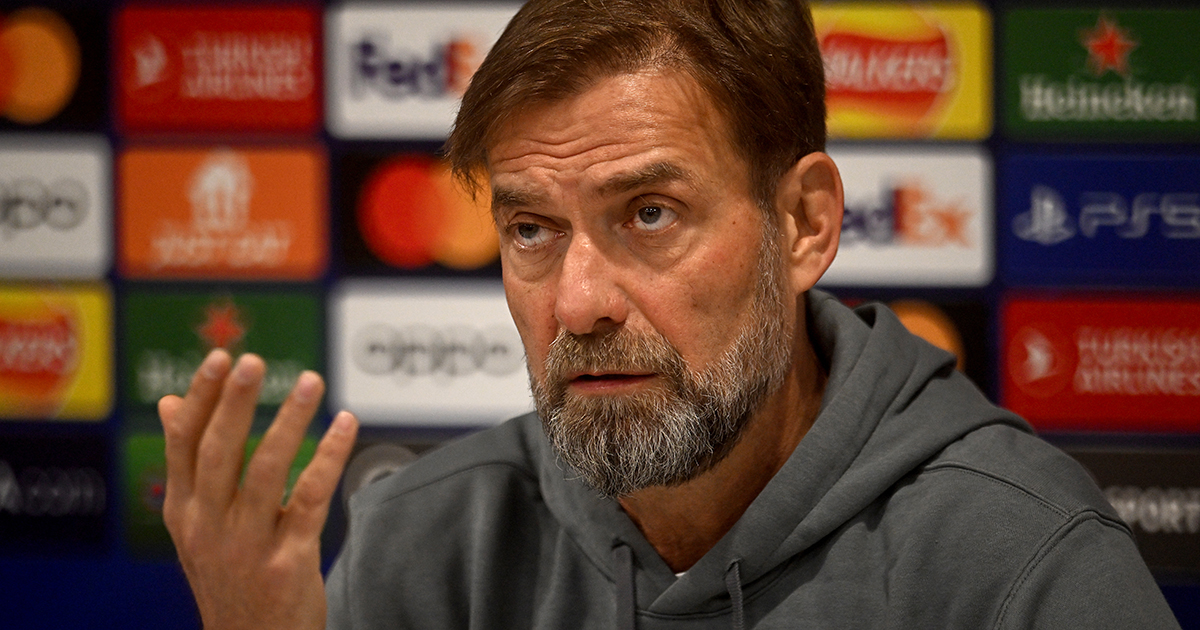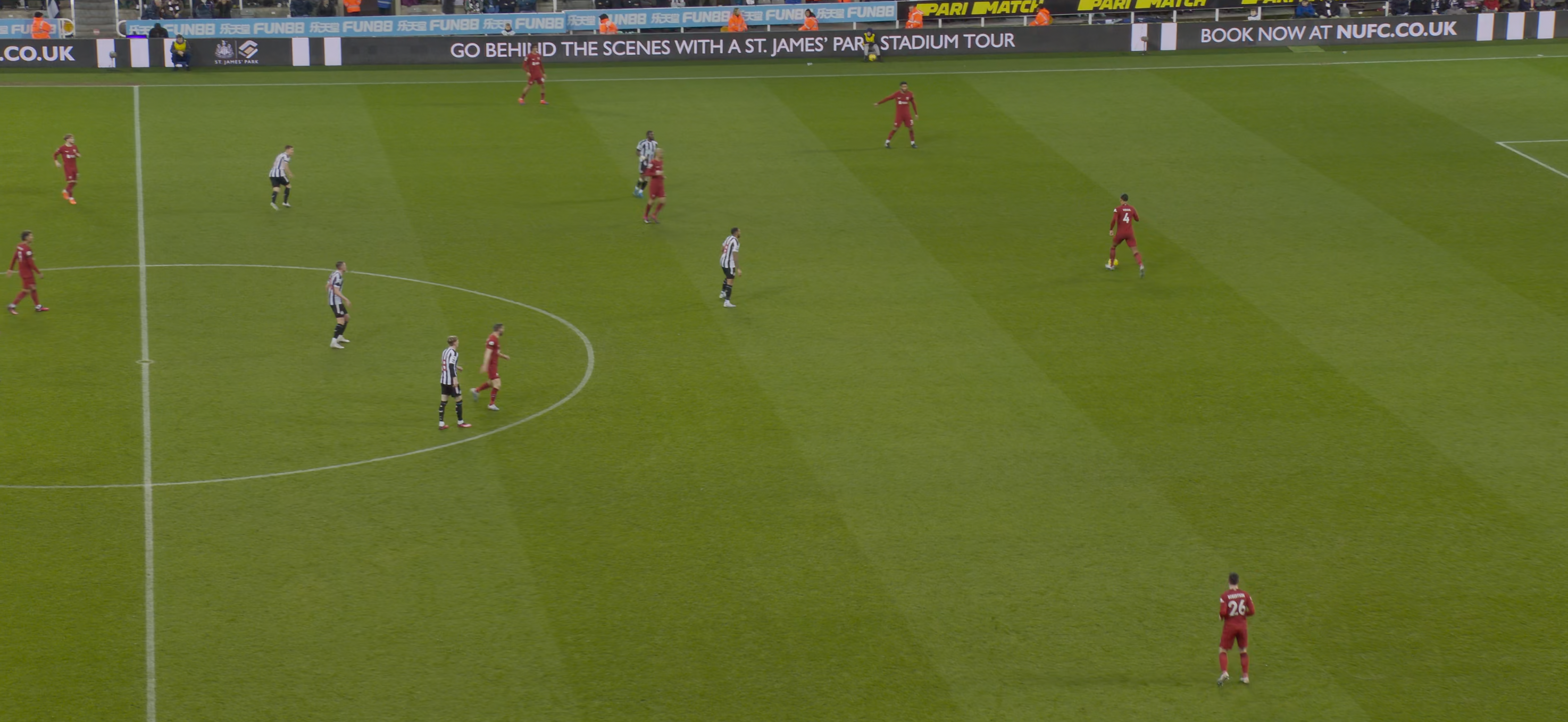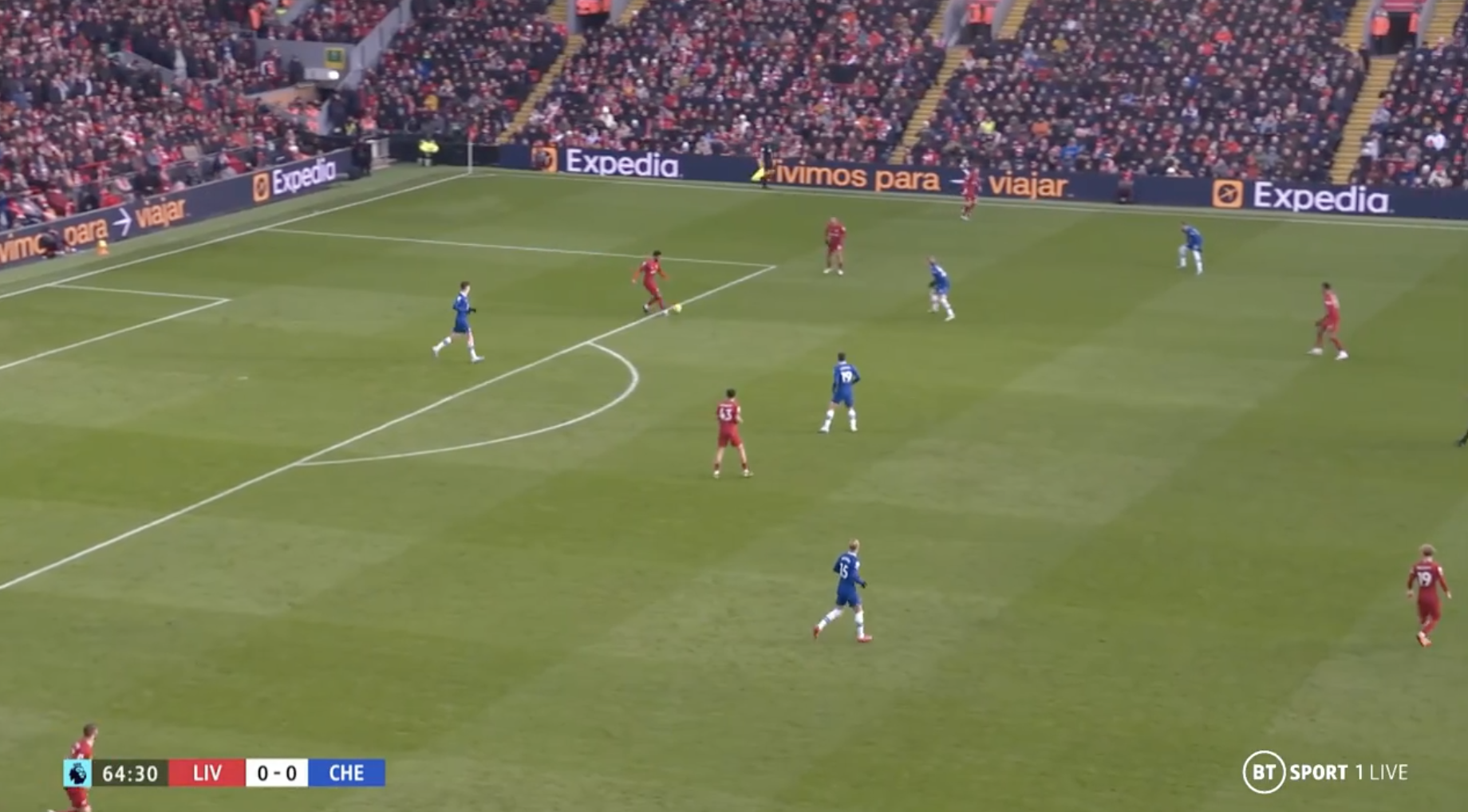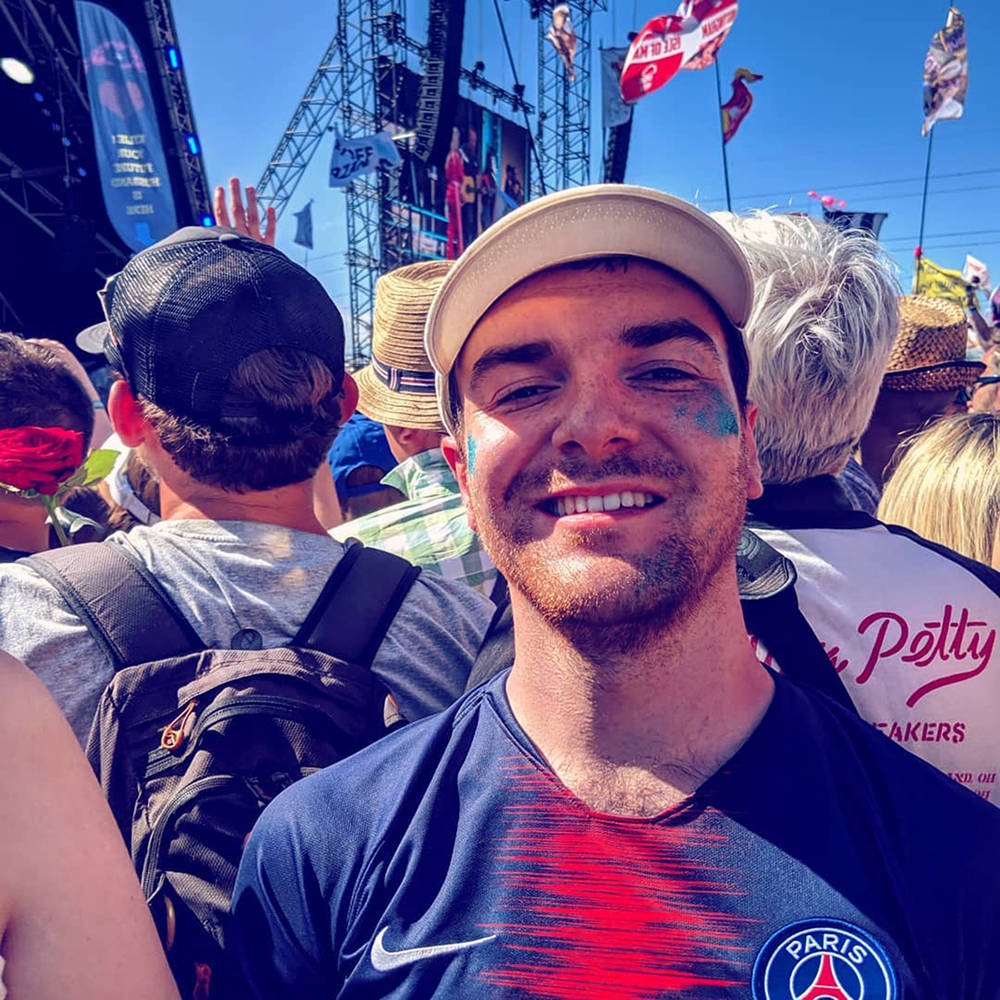Liverpool have one tactical problem that sums up why they have no control in games
Liverpool have tactical problems a-plenty, with the midfield, forwards and now the defence coming under fire – but no one seems to have noticed this anomaly

Liverpool took two steps forward against Everton and Newcastle United. Losing to Real Madrid 5-2 in the Champions League feels like they've stumbled down a staircase as grand as the Kop itself.
We all know that the Reds are having a transition season – it happens to the best sides. But what's quite so alarming to fans is just how dysfunctional so many aspects of this previously imperious system look. The press used to be formidable but not so much now. The midfield has lost its compactness. Individual defenders have been criticised. The full-backs have been singled out. Will Alisson take some flack after that Vinicius goal, now? Probably.
While there's a lot of individual issues that pundits can pick apart, however, there's one structural anomaly with this side when compared to rivals, which shows where Liverpool are lacking any control to hold onto possession.
Liverpool's buildup shape is radically different to rivals
The fundamentals of how Jurgen Klopp plays are what Liverpool's success has been based on – and the German has always preached that "intensity is our identity". While Pep Guardiola built a side whose core principle was to build from the back and outnumber opponents in the first phase, Klopp's influence was the opposite: his pressing ideals and his sides' ability to win the ball high up the pitch have been lauded the world over.
At their peak, Liverpool were able to pen teams in their own half with the ferocity of the best press in football. They didn't even need a playmaker for so long, using a workmanlike midfield and full-backs with enough whip to create. And part of the success of this press was that the off-ball structure pushed high, winning the ball before the two defenders – back on the halfway line for cover – had to be called upon. An incredible high line helped, too.
This is how Liverpool have usually built play from goal kicks. And this is what's different to other teams.

Liverpool's buildup play has always used two centre-backs wide, with either a midfielder – Thiago or Fabinho, most often – or one of the full-backs offering an option by hanging slightly deeper. But they're not part of the first line of buildup: the Reds' shape was usually a 2-3. You can see that in the image above against Newcastle last weekend.
The best features, fun and footballing quizzes, straight to your inbox every week.
There was never much jeopardy in this on-ball shape when the entire team looked a little more compact and Virgil van Dijk was the best centre-back in the league by a mile – but fast-forward to 2023, where Liverpool's press is a little disjointed and the midfield doesn't look quite so tight. Real Madrid scored from a sloppy Alisson error at Anfield but it's not a problem from goal-kicks: when this shape progresses forward up the pitch, it's not the impenetrable structure it once was.
Compare it to City. Guardiola favours a 3-2 structure, with three men in the first line building out – that's usually Kyle Walker on the right, with an inverted full-back or two in the next line, centrally. That gives City five players in their first phase to build. Arsenal do the same with Ben White, William Saliba and Gabriel – all natural centre-backs – used to build play with Oleksandr Zinchenko and Thomas Partey in the next line. They're all technically proficient but defensive-minded enough not to flounder should the team lose possession.
Chelsea, too, use Marc Cucurella or Reece James – both proficient in a back three – to build with in a first line, Tottenham play with a back three, Newcastle have a competent centre-back on the left in Dan Burn and Brighton have done the same under Roberto De Zerbi. All these sides dominate possession when they play this way.

Liverpool, meanwhile, are struggling to control games. The press would take care of that in the past – Thiago would certainly help, too – but all too easily nowadays, the Reds are surrendering possession. Real fans were left to 'ole' throughout the second half of the Champions League game as their side dictated the tempo, while on Saturday, the Merseysiders gave Newcastle too many chances in the game they had an extra man in. You can't rely on quick counters forever.
Of course, buildup is just one aspect of the game and it has never been the be-all and end-all for Klopp – especially when you have a goalkeeper with a long kick like Alisson, bypassing the entire midsection of the pitch. But with Fabinho not dropping into the centre-back position as much and both Andy Robertson and Trent Alexander-Arnold far more devastating higher up the pitch, Liverpool are becoming a tactical anomaly. It's not even that better teams use a 3-2 shape – it's that they're better at controlling games.
Building with three defenders in the first line ahead of Alisson certainly wouldn't solve all their problems. But it's just another indicator of how Liverpool aren't mastering the basics right now. If you don't have the best press in the world anymore, maybe you need to find control another way.

Mark White has been at on FourFourTwo since joining in January 2020, first as a staff writer before becoming content editor in 2023. An encyclopedia of football shirts and boots knowledge – both past and present – Mark has also represented FFT at both FA Cup and League Cup finals (though didn't receive a winners' medal on either occasion) and has written pieces for the mag ranging on subjects from Bobby Robson's season at Barcelona to Robinho's career. He has written cover features for the mag on Mikel Arteta and Martin Odegaard, and is assisted by his cat, Rosie, who has interned for the brand since lockdown.
